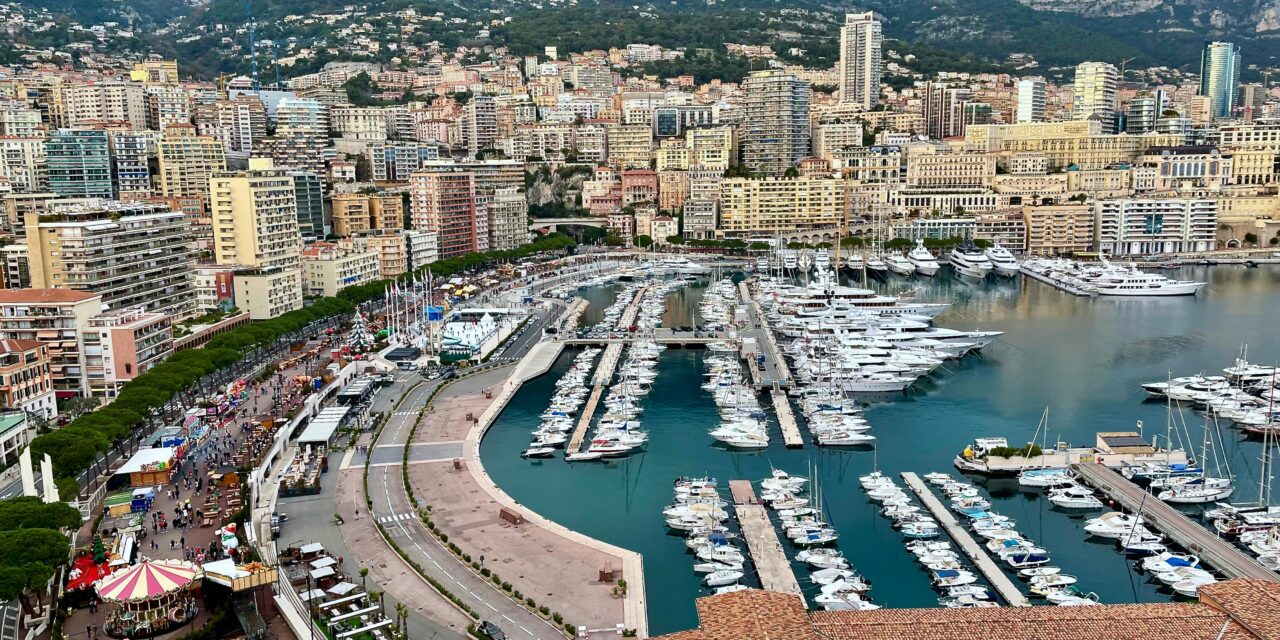Monaco is one of the only places in the world where the government reports a 0.00% debt-to-GDP ratio, not just in recent years, but also in projections through 2025…
Put simply, this means Monaco has no national debt at all. The government does not borrow money to fund public services. Instead, it consistently runs budget surpluses, generating more revenue than it spends, year after year. In practical terms, Monaco always pays its own way.
This is possible because the Principality has a unique economic model. Despite having no personal income tax, Monaco earns substantial revenue from other sources, especially its VAT (20%), which generates hundreds of millions of euros annually thanks to the spending power of residents and visitors. High-value sectors such as finance, insurance, scientific services, and luxury tourism also contribute significantly. As reported in multiple economic analyses, casinos are only a small part of the state budget, far from the main driver of government income. Combined with political stability and careful long-term fiscal planning, Monaco simply has no need to issue government debt.
To understand how unusual this is, it helps to compare Monaco with the rest of the world. Some countries carry exceptionally high debt loads: Sudan (344%), Japan (251%), and Lebanon (195%) top the global rankings. Major economies also operate with substantial debt: the United States is at 125%, France at 116%, and the United Kingdom at 95%.
Globally, the average debt-to-GDP ratio for 2025 sits at 94.7%. Advanced economies tend to be higher, averaging around 110%, while emerging markets average 74%, though rising interest rates are increasing pressure on their budgets. Economists view the debt-to-GDP ratio as a better gauge of fiscal health than total debt: the higher the ratio, the harder it becomes for a country to repay what it owes.
Against that backdrop, Monaco’s 0.00% stands out not only as rare, but almost unmatched.
Photo by Pedro Bariak


